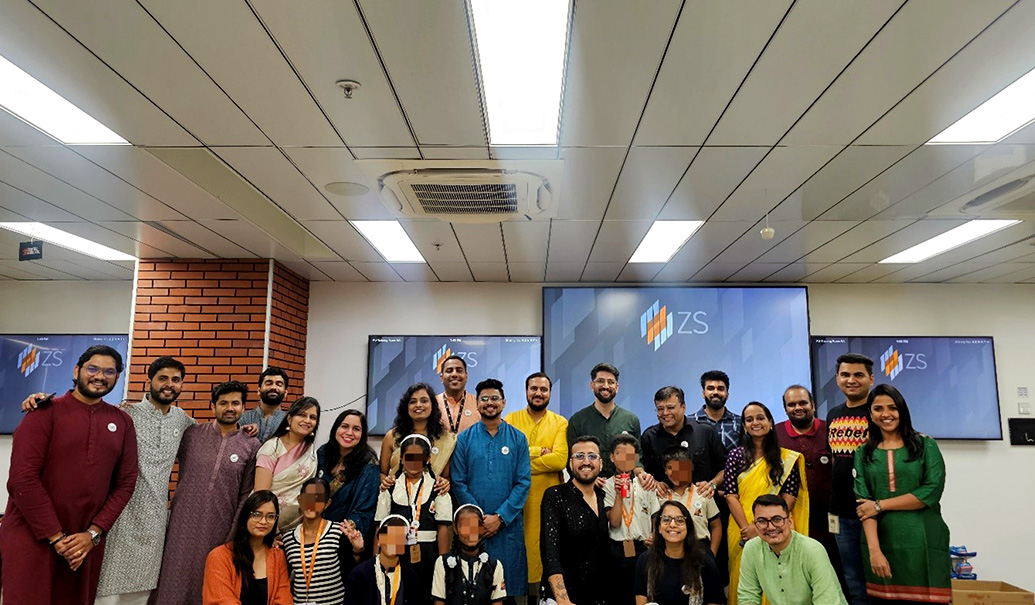The landmark Inflation Reduction Act aims to accelerate clean and renewable energy production while helping reduce America’s overall greenhouse gas emissions by 40% by 2030. The bill includes billions in loans and funding for companies that can demonstrate a reduction in greenhouse gas emissions from sustainability initiatives. This government action builds on the already growing momentum surrounding sustainability and the need for companies to track and report their emissions to regulators and shareholders.
Earlier this year, the U.S. Securities and Exchange Commission (SEC) proposed amendments to its rules that would create consistent and reliable environmental, social and governance reporting standards. This follows an SEC proposal announced in March, which would require public companies to disclose extensive climate-related information and metrics to investors. This regulation follows growing pressure from consumers and investors, whose decision-making in purchasing and investing is more and more often driven by sustainability considerations.
Regulators, investors and consumers are forcing organizations to take a more data-driven approach toward setting, tracking and reporting sustainability goals on all fronts. For many, tracking sustainability KPIs in a rigorous and structured way will require substantial changes to current processes and ways of working. Organizations lagging in this critical capability will miss funding opportunities, risk losing existing critical partnerships and subject themselves to added scrutiny by investors and consumers if they fail to address environmental sustainability head on.
Creating metrics to achieve sustainability excellence
Although two-thirds of the S&P 500 have set emission reduction targets of some kind, company boards and executives often lack a structured mechanism to derive metrics or KPIs to track progress. Even in organizations where sustainability metrics already exist, most focus on collecting and harmonizing data sets related to scope 1 and 2 emissions. Scope 1 and 2 emissions represent critical datapoints, but are the bare minimum in sustainability reporting. According to CDP scope 1 and 2 emissions only account for 25% of companies’ total emissions, meaning organizations must go beyond solely monitoring these if they want to meet the demands of consumers and investors.
Achieving excellence in sustainability goal monitoring goes beyond ironclad regulatory reporting. It requires organizations to plan for the future by defining how to incorporate advanced analytics, automation, prediction and more sophisticated real-time KPI tracking—all of which are needed to unlock operational emissions reductions and remove costly, impractical reliance on purchasing carbon offsets. Proper measurement, monitoring and reporting today builds the foundation for advanced analytics and excellence in the future. While sustainability goal monitoring excellence will continue to be an ongoing journey, there are concrete steps you can take today to help you get ahead of the pack.
4 key areas for growth in sustainability monitoring
Now more than ever it is critical to build a foundation of data-driven sustainability monitoring excellence. Companies will want to understand what it takes to realize their sustainable goal monitoring and analytics vision while still meeting immediate reporting requirements. For those companies beginning their sustainability data excellence journey, we recommend focusing on core capability improvement across four key areas:
1) KPI alignment and data connection
- Align KPIs with organization wide sustainability goals and reporting requirements and identify corresponding data sources; determine mechanisms to capture data for each metric type (direct data integration, connectors and APIs, web scraping, RPA, etc.)
- Proactively identify potential technology limitations and develop mitigation solutions to enable collection and seamless integration of partner and third-party data
- Reduce the degree of manual data entry by investing early in technology improvements and automations to enhance the ability to monitor metrics and systematically track progress in real time
2) Data conversion, calculations and long-term management
- Create an environment to comprehensively collate and manage sustainability data, which supports converting raw data sources into the required corresponding format (desired granularity, refresh frequency, etc.) and enables long-term future analytics on a complete set of quality metrics
- Decide the conversion and aggregation approach for each prioritized metric, such as spend-based, average data or supplier-specific methodology (for example, calculating metric tons of CO2 by aggregating fuel spend and applying region-specific emission factors) by utilizing global sustainability standards such as the Greenhouse Gas Protocol
- Determine and document assumptions to fill in data gaps where there is a present-day lack of data availability or quality concerns, and plan for continual improvement in areas where gaps exist to support long-term data usability
- Define clear roles and responsibilities for data validation and provide any corresponding upskilling necessary for organizational review and alignment, knowing that long-term sustainability data management will continue to be a priority in the future
3) Metric visualization and reporting
- Develop a one-stop shop for sustainability metrics through an intuitive dashboard that visualizes progress against all identified KPIs and their corresponding end goal
- Create fit-for-purpose reports that automatically generate required data summaries to support certifications, regulatory and compliance reporting
- Enable simple customization and modification of data visualizations to support the varying needs and use cases of business functions across the organization (double-click views on supply chain priorities, optimal procurement options, facilities management, etc.)
- Utilize insights from data analytics and visualizations to identify opportunities to improve sustainability performance across the value chain
4) AI- and data-driven recommendations
- Develop an AI-driven strategy to identify emission and waste reduction opportunities continuously and operational improvements that support the achievement of your sustainability goals
- Leverage insights from newly connected data to understand optimization opportunities across supply chain, manufacturing and operational plans based on built-in scenario analysis on carbon impact
- Utilize advance analytics and AI to optimize partner and supplier engagement, such as through the creation of green offerings, supplier segmentation or other emission reduction partnerships
We’ve seen clients across industries face common challenges when approaching how to grow their sustainability monitoring capabilities. Inconsistent data quality, lack of technology integrations between systems, complexity in generating insights and limited in-house experience can ultimately lead to low confidence in deriving action from sustainability insights. With shifting regulatory and compliance requirements, and difficulty predicting future impacts of reduction efforts, the sustainability landscape can be complex to navigate.
In working with clients on sustainability improvement, ZS has developed a maturity framework to determine where a company can focus its efforts. By enabling our clients to complete real-time analysis on comprehensive sustainability data sets, identifying operational improvements to reduce emissions, creation of custom reports to meet regulatory requirements and future-proofing their sustainability metrics by prioritizing critical data gaps to be filled, we are helping to accelerate their journey toward sustainability excellence and industry leadership.
Make data-driven sustainability decisions
Given the rise in regulations, incentives and pressures to report on sustainability KPIs, it is critical for organizations to enhance their abilities to organize the right metrics in an intuitive and easily accessible way. There are steps you can take today—connecting data to sustainability KPIs, creating systems to manage and automate emissions tracking, visualization and reporting, and developing AI-driven sustainability recommendations—which will enable you to make more informed, data-driven sustainability decisions in the future. Not only is this a win for the environment but also it’s clear that end-to-end sustainability insights will amplify long-term cost savings, introduce efficiencies, reinforce partnerships, increase public sentiment, create new opportunities and unlock value in a greener future.
Add insights to your inbox
We’ll send you content you’ll want to read – and put to use.














